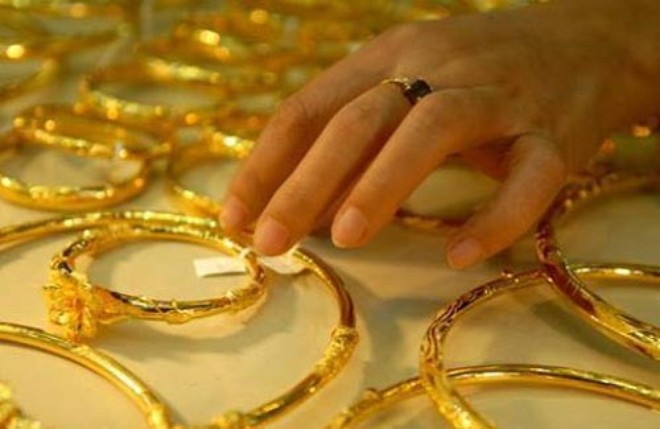Announcement of Quality Requirements for Gold Jewelry in Vietnam from June 1, 2014
Recently, the Ministry of Science and Technology has agreed to issue Circular 22/2013/TT-BKHCN regulating the management of measurement in gold trading and the quality management of gold jewelry circulating in the market.
According to the regulations under Circular 22/2013/TT-BKHCN, the quality of gold jewelry is classified according to the purity of gold as corresponding to the gold content in the Table below:
| Karat (K) | Purity, ‰ not less than |
Gold Content, % not less than |
| 24K | 999 | 99.9 |
| 23K | 958 | 95.8 |
| 22K | 916 | 91.6 |
| 21K | 875 | 87.5 |
| 20K | 833 | 83.3 |
| 19K | 791 | 79.1 |
| 18K | 750 | 75.0 |
| 17K | 708 | 70.8 |
| 16K | 667 | 66.6 |
| 15K | 625 | 62.5 |
| 14K | 585 | 58.3 |
| 13K | 541 | 54.1 |
| 12K | 500 | 50.0 |
| 11K | 458 | 45.8 |
| 10K | 416 | 41.6 |
| 9K | 375 | 37.5 |
| 8K | 333 | 33.3 |

Illustration (source: internet)
Specific requirements regarding the quality of gold jewelry circulating in the market in Vietnam:
- When classifying according to Karat, gold jewelry are classified according to the next lower grade with the actual Karat value determined according to the nominal classification in the Table above. In case of classification according to purity or gold content, the actual value must be accurately announced.
- Solder material made of gold alloy, if used, must have a minimum purity equivalent to the announced grade of the gold jewelry product. When using solder materials not made of gold alloy or being replaced with adhesive, it must be clearly declared including the quantity of material used for bonding if it affects the weight of the product exceeding the maximum allowable error as regulated in Table 2, Article 4 of this Circular.
- Gold jewelry with more than one main component (excluding solder materials and auxiliary components such as: clasps, screws, etc. if any) that are gold alloys with different grades as regulated above will be classified according to the component with the lowest grade.
- Gold jewelry are allowed to use base metals with other alloys instead of gold alloy to enhance mechanical durability which gold alloy cannot meet.
- The base metal must be surface-treated in such a way that it does not cause confusion in appearance with the gold alloy components. The use of base metals different from gold alloy must be clearly stated in the declaration of the product's composition.
- ...
See the full text of the regulations under Circular 22/2013/TT-BKHCN which takes effect from June 01, 2014.
Thu Ba
- Number of deputy directors of departments in Vietnam in accordance with Decree 45/2025/ND-CP
- Cases ineligible for pardon in Vietnam in 2025
- Decree 50/2025 amending Decree 151/2017 on the management of public assets in Vietnam
- Circular 07/2025 amending Circular 02/2022 on the Law on Environmental Protection in Vietnam
- Adjustment to the organizational structure of the Ministry of Health of Vietnam: Certain agencies are no longer listed in the organizational structure
- Vietnam aims to welcome 22-23 million international tourists in Vietnam in 2025
-

- Notable new policies of Vietnam effective as of ...
- 16:26, 11/04/2025
-
.Medium.png)
- Notable documents of Vietnam in the previous week ...
- 16:21, 11/04/2025
-
.Medium.png)
- Notable documents of Vietnam in the previous week ...
- 16:11, 02/04/2025
-
.Medium.png)
- Notable new policies of Vietnam to be effective ...
- 16:04, 02/04/2025
-
.Medium.png)
- Notable new policies of Vietnam effective from ...
- 14:51, 21/03/2025
 Article table of contents
Article table of contents
